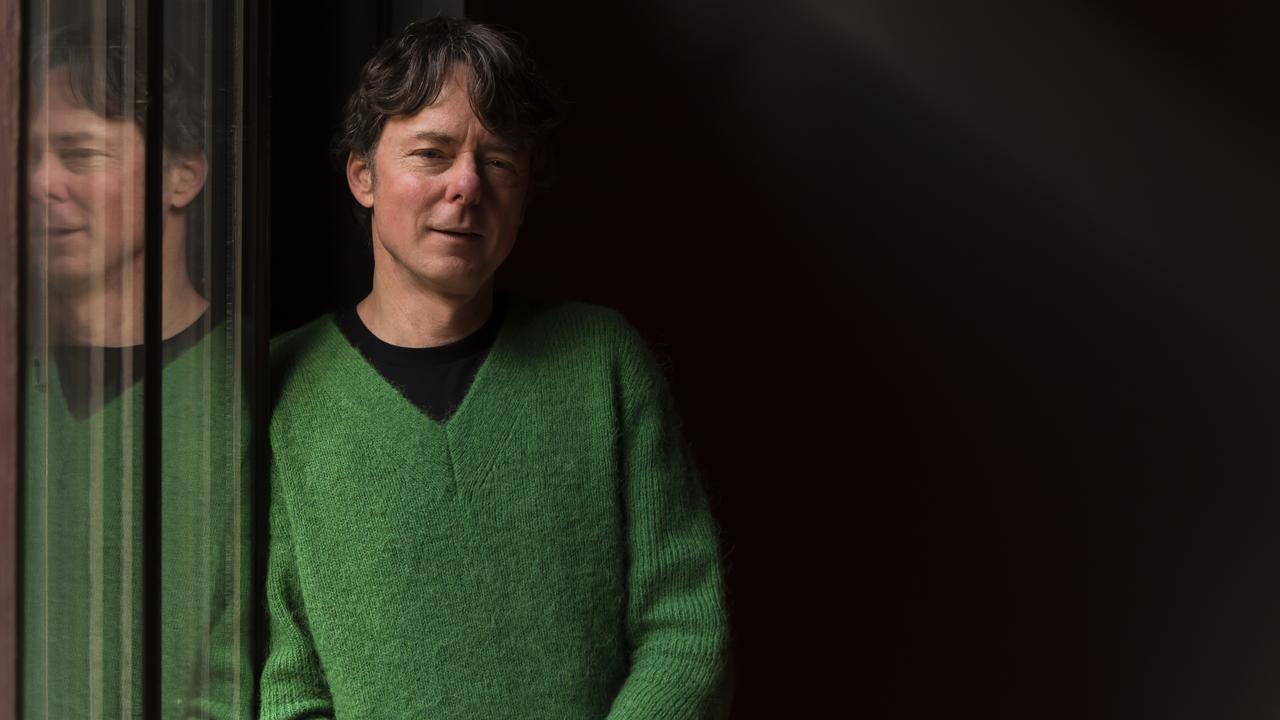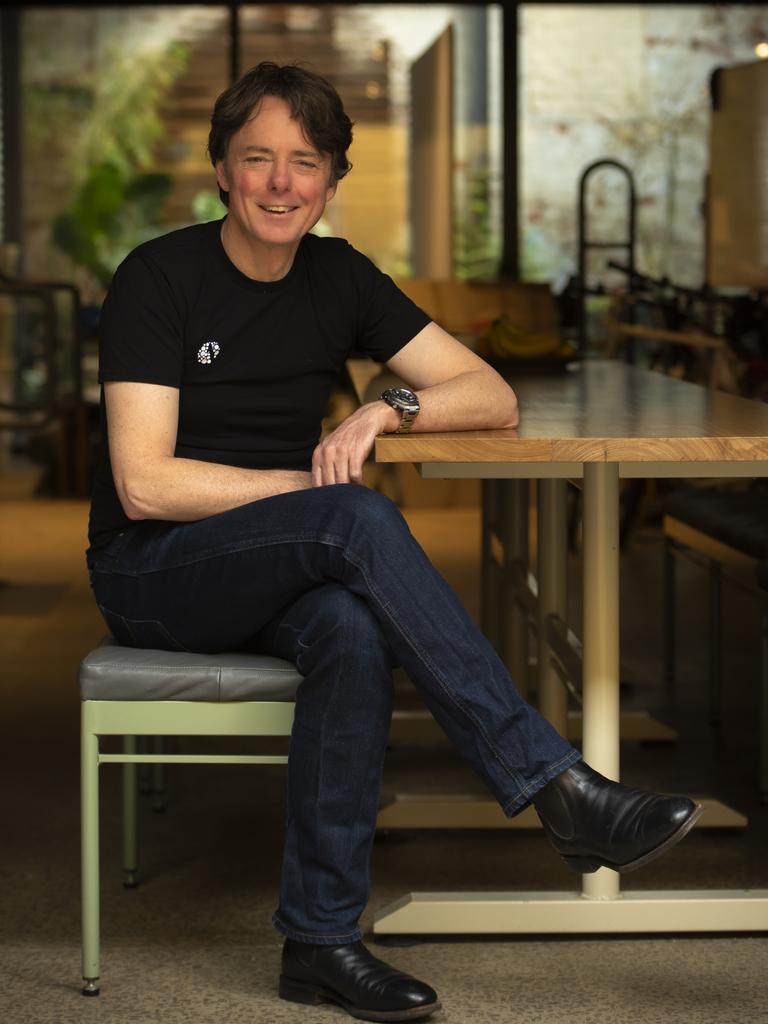Creativity rules for Arcitecta when dealing with Defence data
Big data, dance and defence might seem strange bedfellows, but for tech firm Arcitecta they’re a seamless fit, with creativity as much a part of the process as high-end software engineering.

Business
Don't miss out on the headlines from Business. Followed categories will be added to My News.
Big data, dance and defence might seem strange bedfellows, but for Australian tech firm Arcitecta they’re a seamless fit, with creativity as much a part of the process as high-end software engineering.
The company, conceived in 1998 at the Bundanon arts retreat – the former home of painter Arthur Boyd – is part of a Northrop Grumman-led consortium currently bidding for the Australian Defence Force’s AIR6500 program, which will provide the ADF with a Joint Air Battle Management System, giving it a real time view of the entire battle field.
Building on its genesis at Bundanon, Arcitecta boasts a CCO – a chief creative officer – who has a Masters in Choreography and a background in directing and teaching, who helps the company tap into the notion that programming and software development are as much art as science.
Founder Jason Lohrey said he came from a background of artists and writers – his aunt is Australian author Amanda Lohrey – and had always taken the approach that software creation was a creative process.
“What a lot of people don’t realise is that the making of software is a creative art form,’’ Mr Lohrey said.
“I’ve got a fairly diverse background and I really like to explore this idea of the intersection of creative art as a catalyst for innovation.’’
Mr Lohrey said Spanish architect Antoni Gaudi’s creations such as the Sagrada Familia were a great example of designs that exceeded the limitations of computer-assisted design software, for example, but came about as result of imagination and experimentation.
“We have a contemporary dancer as our chief creative officer, we have a cinematographer, we have a poet, we have multiple graphic designers … really trying to stimulate that left-field thinking for making software,’’ he said.
Mr Lohrey said that he started with a clean slate back at Bundanon in the late 1990s.
“In the middle of the 1990s it was evident to me that data was going to underpin every human enterprise,’’ Mr Lohrey said.

And the key to making use of this was being able to store data, then access it when needed, efficiently and in a way that was also user-friendly.
Think for example of the huge amounts of data generated by the 1200 or so researchers at the Murdoch Children’s Research Institute – one of Arcitecta’s customers – which uses the firm’s Mediaflux technology to manage more than 4.5 petabytes of data.
“With that (big data problem) in mind, we thought ‘what can we do that other people haven’t done and what software can we make that blows people away?’’’ Mr Lohrey said.
“I used to sit and think ‘what impact can I have on humanity?’”
The first lines of code were written at Bundanon, with the company operating in stealth mode for quite a while, to the extent that the company’s telephone number was connected to the fax machine so staff wouldn’t get interrupted.
Mr Lohrey said the goal was to build for the long term.
“This is a really tricky space that we’re in,’’ he said.
“We’ve had multiple competitors come and go.
“It’s not easy. You can’t just put money into it.
“You need that space for thought and contemplation.’’
Mr Lohrey built the product, and in the early days was connected with the CSIRO’s animal health laboratories out of Geelong, which needed a way of exchanging data between highly secure labs.
From that first customer the company has grown, largely through word of mouth, to employ about 40 people, with nearly 400 deployments globally.
The company has done a lot of work in defence and has helped agencies, for example, move geospatial data from thousands of compact discs and spreadsheets into forms which were useful to the ADF.
“The outcome is to do amazing things with data.
“My contribution is to help people find patterns at scale, and deal with lots of data and actually make contributions to the research community, for example.
“In defence we generate a lot of data. If you think about the airborne platforms, the data that those generate from surveillance, you have to have a flow that gets it from the sensor that’s produced it, in front of people that can make a decision and into an environment where you can curate it and keep it over the long term.
“Defence is all about data. Over the next five, 10, 20 years, there will be increasingly fewer humans involved in defence; it will be more and more automation, AI and machines. Those will be driven by data.’’
The AIR6500 program, which Arcitecta is bidding for in concert with Northrop Grumman and Nova Systems Australia, taps into the company’s ability to store, move and sort data rapidly, with the aim to give the defence force’s top brass the ability to collate and display battlefield data over large geographical areas in real time.
Other clients of the firm include the Australian Registry of Wildlife Health, based out of Taronga Zoo, Sydney, which is the largest repository of wildlife health data in the nation, and the The National Centre for Indigenous Genomics based at The Australian National University.
Mr Lohrey was the recipient of the 2022 Pearcey Victorian Entrepreneur Award.
More Coverage
Originally published as Creativity rules for Arcitecta when dealing with Defence data









